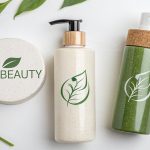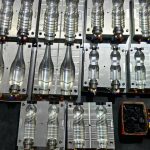As a purchasing professional, one of the most important tasks is to ensure the quality of the products received from suppliers. When it comes to airless pump bottles, this is particularly crucial as they are commonly used to store sensitive products like cosmetics and pharmaceuticals.
In this article, I will provide a guide on how to inspect airless pump bottles to help ensure their quality and safety. By following these steps, you can better protect your customers and your brands. Let’s get started!
Outline
- 1 First: Initial Inspection of the Shipment
- 2 Second: Counting and Sampling Airless Pump Bottle Parts
- 3 Third: Inspection of Airless Pump Bottle Appearance
- 4 Forth: Functional Inspection of Airless Pump Bottles
- 5 Fifth: Record Keeping and Communication with Suppliers
- 6 Sixth: Best Practices for Quality Inspection
- 7 Conclusion
First: Initial Inspection of the Shipment
The first step in inspecting airless pump bottles is to conduct an initial inspection of the shipment.
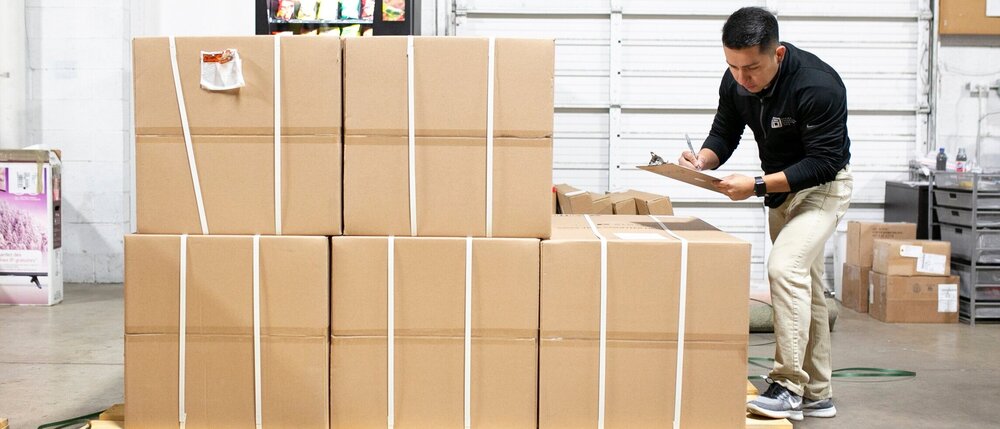
● Checking the overall condition of the shipment
This involves checking the overall condition of the shipment, ensuring that the correct number of items are received, and documenting any issues found, like picture or video. It is important to carefully examine the packaging for any signs of damage or tampering. Check the outer box for any punctures, tears, or other damage that may have occurred during transit.
● Ensuring the correct number of items are received
Additionally, ensure that the correct number of items are received by counting the number of boxes and checking the packing list.
● Documenting any issues found
Any discrepancies should be documented and reported to the supplier immediately. By conducting a thorough initial inspection, you can ensure that the airless pump bottles have arrived in good condition and reduce the risk of any future quality issues.
Second: Counting and Sampling Airless Pump Bottle Parts
The next step in inspecting airless pump bottles is to count and sample the various parts. This involves counting the actual quantity of each part and selecting a sample using a certain standard, such as the Acceptable Quality Limit (AQL) sampling method.
● Counting the actual quantity of each part
It is important to count the actual quantity of each part to ensure that the correct number of airless pump bottle parts are received. This involves verifying the number of components, such as the bottle, pump, and cap, to ensure that they match the order specifications. Any discrepancies should be documented and reported to the supplier immediately.

● Selecting a sample using a certain standard (e.g., AQL sampling)
In addition to counting the parts, it is also necessary to select a sample using a certain standard, such as AQL sampling. This method involves randomly selecting a certain number of units from the total order to inspect for defects. The number of units to be inspected depends on the order size and the AQL level chosen. Common data as table below:
| LOT Size | General Inspection Level | Sample Size | Accept Point | Reject Point | |||
| AQL 2.5 | AQL 4.0 | AQL 2.5 | AQL 4.0 | AQL 2.5 | AQL 4.0 | ||
| 5000 – 10,000 | Ⅱ | 200 | 200 | 10 | 14 | 11 | 15 |
| 10,001 – 35,000 | Ⅱ | 315 | 315 | 14 | 21 | 15 | 22 |
| 35,001 – 150,000 | Ⅱ | 500 | 315 | 21 | 21 | 22 | 22 |
| 150,001 – 500,000 | Ⅱ | 500 | 315 | 21 | 21 | 22 | 22 |
For example, if the AQL level is set at 2.5 and the actual quantity is 10,000 units, the sample size would be determined by referring to an AQL table. The table might indicate that for an order size of 10,000 units and an AQL level of 2.5, a sample size of 200 units should be inspected. According the actual quantity and quality admitted with supplier, you can also get accurate data here.
The samples would be randomly selected from the total order, and each unit would be inspected for defects according to the quality standards agreed upon with the supplier. And the coming inspection procedure will be based on samples selected in this step.
Third: Inspection of Airless Pump Bottle Appearance
In this step, the inspector examines the physical appearance of the airless pump bottle to ensure that it meets the specified requirements. This includes checking the bottle body for any defects, such as cracks, scratches, or deformities, and examining the quality of any printing, hot stamping, electroplating, or other decorations.
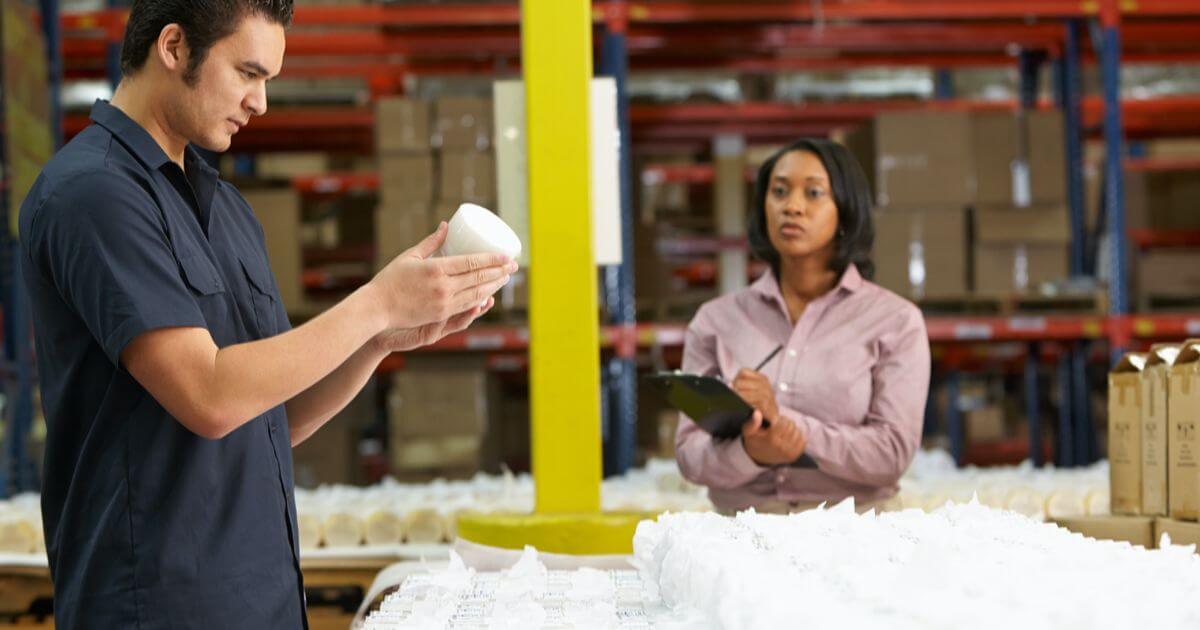
● Examining the color, transparency, and any defects on the bottle body
The inspector should examine the color and transparency of the bottle body, as these are important factors that can affect the overall quality of the product. The color should be consistent and match the approved sample, while the transparency should be sufficient to allow the user to see the remaining product inside the bottle.
● Checking the quality of decorations.
When inspecting airless pump bottles, it’s important to check the quality of decorations, such as printing, hot stamping, or electroplating on the surface of the bottle. This involves examining the clarity, color, and consistency of the printing or stamping, as well as checking for any smudging, smearing, or misalignment. In the case of electroplating, the inspector should look for any areas where the plating appears thin or uneven, which could indicate a problem with the manufacturing process.
Overall, a thorough inspection of the airless pump bottle appearance is critical in ensuring that the product meets the specified requirements and is of high quality. Any defects found during this inspection should be documented and communicated to the supplier for resolution.
Forth: Functional Inspection of Airless Pump Bottles
In addition to visual inspection, it is important to perform functional tests to ensure that airless pump bottles are working as intended. Here are some tests to include in your quality inspection process:
1. Leakage Test:
Fill the airless pump bottle with your cosmetic and check for any leaks or drips, normally using negative pressure test. This test ensures that the bottle is properly sealed and can prevent product contamination or spoilage.

2. Pump Smoothness Test:
Press the pump multiple times to test its smoothness and ensure that it dispenses the product smoothly and consistently. This test is usually test by hand, press the pump, Soft and smooth to the touch, with a rebound speed synchronized with the hand, within 1.5 seconds.
3. Output Test:
Measure the amount of product dispensed by the airless pump bottle to ensure that it meets the specified output volume. Output test rely on measuring the weight or volume of 10 – 20 times pumping, the result of dosage equals the weight or volume dividing times.
4. Functionality Test:
Test the functionality of any additional features or mechanisms, such as twist-lock or snap-on caps, to ensure that they function as intended.
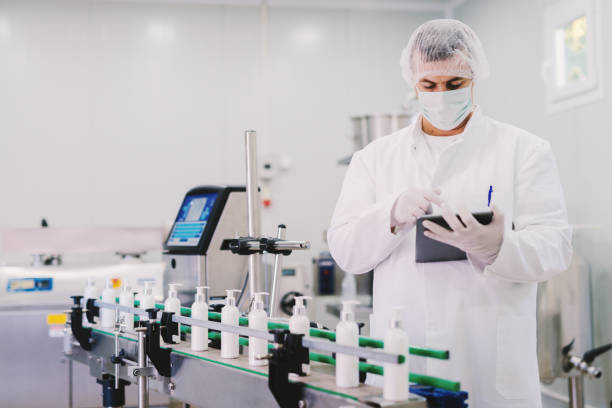
Performing these functional tests can help identify any issues with the airless pump bottles that may not be apparent during visual inspection. Document the results of each test in your quality inspection checklist to ensure consistency and accuracy in the inspection process.
By including functional tests in your quality inspection process, you can ensure that the airless pump bottles you receive are not only visually satisfactory but also functionally reliable. This can help reduce the risk of quality issues for your customers and maintain your reputation as a reliable supplier.
Fifth: Record Keeping and Communication with Suppliers
Effective record keeping for each step is crucial for quality control and assurance. It is essential to keep a record of the quality inspection results of airless pump bottles received, including visual and functional inspection results, as well as any defects identified. These records should be organized and stored in a secure and easily accessible location. Keeping a record of these inspections will provide a documented history of the product quality and can be used to identify patterns or trends in product defects.
In the event that a quality issue arises, clear and effective communication with your supplier is key. If you identify a defect or issue during the quality inspection process, it is important to communicate the issue to the supplier as soon as possible. When communicating with the supplier, provide them with detailed information about the issue and the inspection results. Include photos, videos or any other documentation that can help to clarify the issue. This will help to ensure that the supplier is fully aware of the issue and can take appropriate action to resolve it.

It is also important to communicate with the supplier about your quality expectations and requirements upfront. This can help to prevent quality issues from arising in the first place. Clearly communicate your quality standards, expectations, and requirements to the supplier and make sure they are understood. This will help to establish a clear understanding of what is expected from the supplier and can help to prevent quality issues from occurring in the future.
Effective record keeping and clear communication with your supplier can help to ensure that quality issues are identified and resolved quickly and efficiently. By maintaining a good relationship with your supplier, you can work together to improve the quality of the airless pump bottles you receive and ultimately meet the expectations of your customers.
Sixth: Best Practices for Quality Inspection
Establishing best practices for quality inspection is crucial for ensuring the consistency and reliability of your airless pump bottles. Here are some best practices to consider:

- Establish a quality inspection checklist: Create a checklist that outlines all the required inspection criteria and standards for each airless pump bottle received. This will help to ensure that all aspects of the product are inspected thoroughly and consistently.
- Proper storage and disposal: It is important to properly store the airless pump bottles in a clean, dry and well-ventilated area. Avoid exposing them to direct sunlight or extreme temperatures. Additionally, proper disposal of rejected or defective bottles should be clearly outlined in your procedures to prevent them from re-entering the supply chain.
- Documentation of inspection results: As previously mentioned, keeping a record of quality inspection results is crucial. Ensure that all records are complete, accurate and stored in a secure location.
- Utilize AQL sampling: AQL (Acceptable Quality Level) is a statistical sampling method that can be used to determine the level of quality for a batch of products. By utilizing AQL sampling, you can ensure that a representative sample of airless pump bottles is inspected, which can help to identify any quality issues before the entire batch is released.
- Regular training and education: Providing regular training and education for your quality control staff can help to ensure that they are up-to-date on the latest inspection techniques and quality standards.
By implementing these best practices and making a SOP(standard operation procedure), you can improve the quality and consistency of your airless pump bottles, reduce the risk of defects or quality issues, and ultimately improve customer satisfaction.
Conclusion
In conclusion, conducting a thorough inspection of airless pump bottles is essential to ensure that they meet the required quality standards and are safe for use. By following the inspection process outlined in this article, you can identify any defects or issues with the product, and communicate them effectively to your supplier to ensure they are addressed.
It is also important to establish best practices for quality inspection, including creating a quality inspection checklist, properly storing and disposing of airless pump bottles, documenting inspection results, utilizing AQL sampling, and providing regular training and education for quality control staff. By following these best practices, you can improve the overall quality and consistency of your airless pump bottles, and ultimately ensure customer satisfaction.
Remember, a thorough inspection process can help to avoid costly product recalls and reputation damage. It is always better to catch any issues early on and work with your supplier to rectify them. By doing so, you can build a strong relationship with your supplier and ensure that your customers receive the best possible product.


